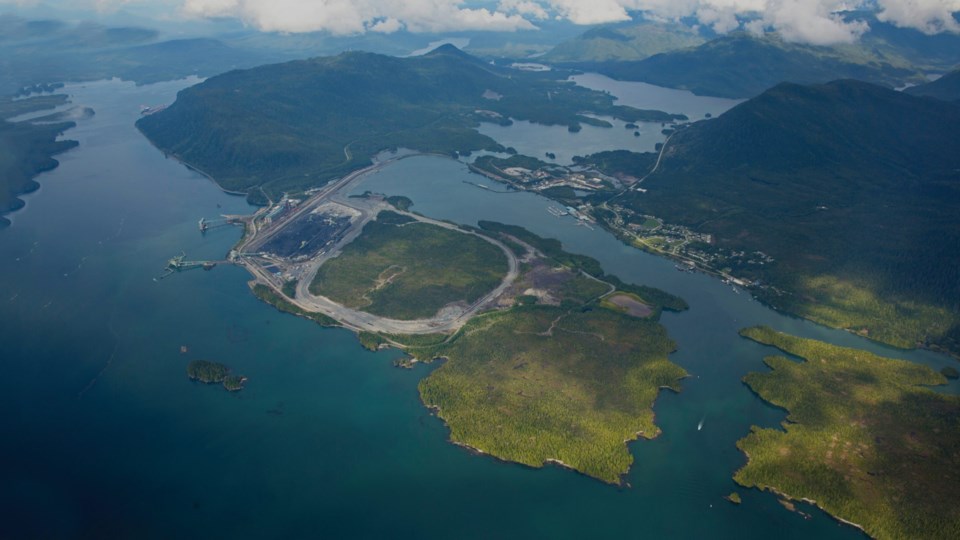The Port of Prince Rupert is growing at an accelerating rate with two key projects taking shape to advance trade diversification in Canada.
CANXPORT, a new export trans-loading facility on Ridley Island, and the South Kaien Import Logistics Park (SKILP), an Indigenous-led collaborative initiative between the Prince Rupert Port Authority (PRPA) and Metlakatla Development Corp., are part of PRPA’s focus on intermodal trade. Together, the projects represent an investment of $850 million.
“Both CANXPORT and SKILP are strategically located near Fairview Container Terminal. These investments reinforce Prince Rupert’s growing value proposition of increased supply chain flexibility being brought into operations serving both Canadian and U.S. import and export sectors,” said Olivia Mowatt, senior communications officer at the Prince Rupert Port Authority, in a statement.
CANXPORT is designed to help move goods like crops, wood and plastic resin products from trains into shipping containers for export. Operated by Ray-Mont Logistics, it will have the ability to handle up to 400,000 TEUs (20-foot equivalent units, a standard unit of measurement for cargo capacity) annually.
In 2024, DP World Prince Rupert Fairview Container Terminal handled 339,048 TEUs of exports, 46 per cent of the port’s total container traffic, but the business is growing. In the first quarter of this year, container exports totalled 90,583 TEU, up eight per cent from a year earlier.
Together with the Ridley Island energy export facility, a joint venture between Vopak and AltaGas, and other supply chain infrastructure, PRPA has a total of $3 billion in projects underway.
“The port has changed Prince Rupert’s destiny. The Port of Prince Rupert needs the City of Prince Rupert to be all that it can be, and the City of Prince Rupert absolutely needs the Port of Prince Rupert to be all that it can be,” said Prince Rupert Mayor Herb Pond.
LinX will serve as the anchor tenant of SKILP, which will connect markets across Asia with key distribution hubs in North America. Phase 1 of the project will feature a 100-door cross-dock facility and offer shippers new flexibility for their cargo.
The port has brought in an economic and an employment boom for Prince Rupert. As a result, the population has been growing in recent years, with 5 per cent growth between 2021 and 2024 versus anemic 0.6 per cent growth in the previous five years.
The result has been added demand for housing yet the city has seen minimal residential development in the past decade.
Since 2006, the City of Prince Rupert has issued an average of 3.8 residential building permits per year with just 51 housing completions. New development is largely driven by First Nations.
“We’re seeing a lot of interest from investors now looking at housing projects. First Nations are making significant investments in both the business community in Prince Rupert but also in housing projects, apartment buildings largely,” Pond said.
Some major advantages the port provides for its customers are speed, reach and reliability. Prince Rupert’s geographic proximity to Asia makes it the shortest and fastest transpacific trade route.
The port is also directly connected to key North American markets via CN’s extensive continental rail network, which also offers the flattest grade through the Rockies, equating to considerable time and emissions savings.
The ongoing economic uncertainty with tariffs on Canadian goods is certainly a cause for concern among workers at the port.
“Even if employees and families are getting work, they are feeling a bit of anxiety because of the uncertainty overall with the tariffs, not just for the port or Prince Rupert but how it affects Canada and the globe,” said Pond.



